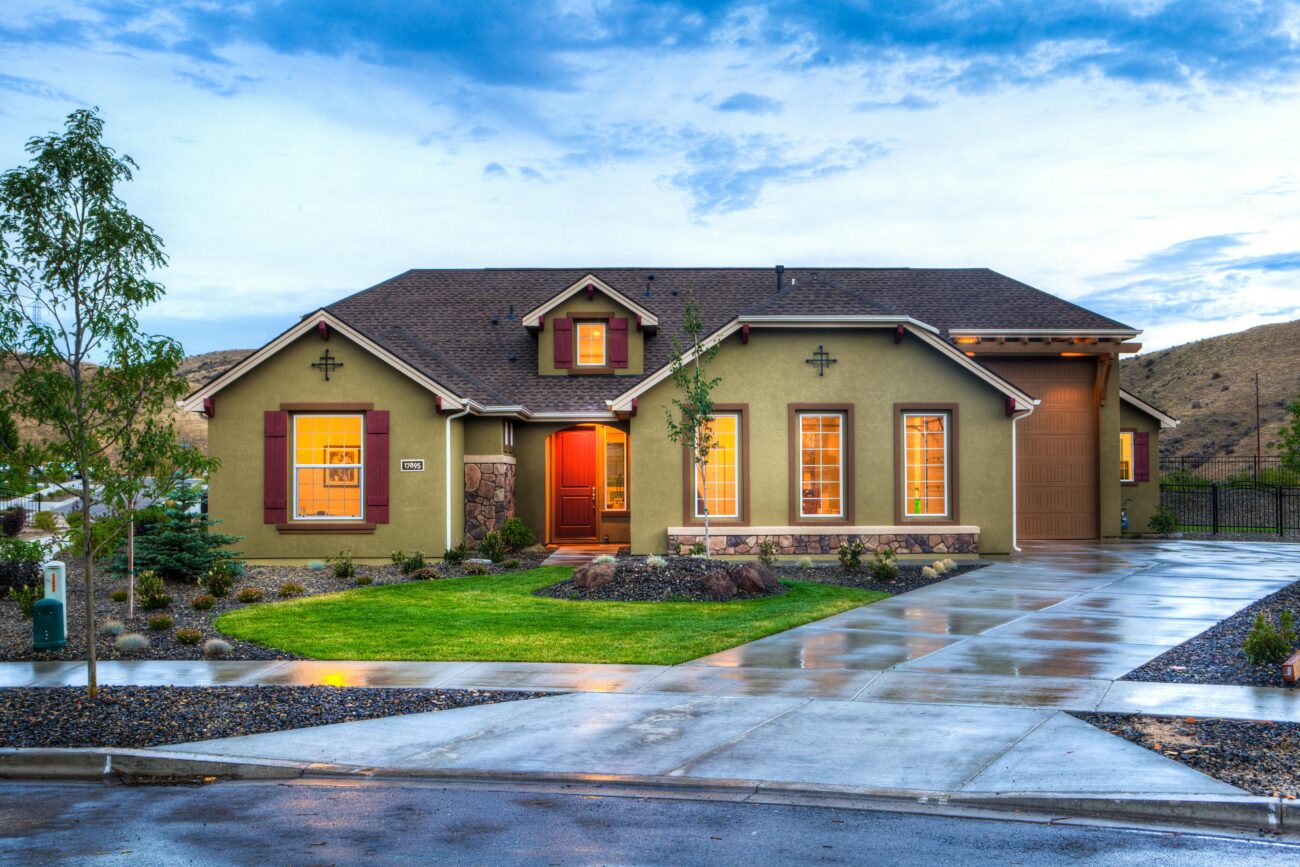Chicago’s urban real estate market is a dynamic and ever-evolving landscape, shaped by various economic factors, demographic shifts, and lifestyle changes. For buyers and investors looking to navigate this vibrant market, understanding the latest trends is crucial. In this article, we explore the top trends in Chicago urban real estate, providing insights that can guide informed decisions.
1. Resurgence in Urban Living Post-Pandemic
The COVID-19 pandemic has reshaped how people live and work. As remote work becomes more prevalent, many individuals and families are seeking urban living that offers convenience, cultural amenities, and a sense of community. In response, Chicago’s urban neighborhoods have seen renewed demand, particularly in areas like Lincoln Park, Wicker Park, and River North. Buyers are gravitating toward mixed-use developments that combine residential, retail, and leisure spaces, creating a holistic living experience.
Key Insight:
Urban living is more than just location; it’s about lifestyle. The demand for amenities such as coworking spaces, parks, and dining options is rising, influencing purchasing decisions.
2. Sustainability and Green Building Initiatives
As climate change awareness grows, sustainable living is becoming a priority for many homebuyers and investors. Chicago is leading the charge with initiatives aimed at reducing carbon footprints. New developments are increasingly incorporating green building practices, such as energy-efficient appliances, solar panels, and sustainable materials.
Key Insight:
Eco-friendly properties can offer long-term savings and increased resale value. Properties that meet sustainability standards may qualify for tax incentives and attract environmentally conscious buyers.
3. Growth of Suburban Areas
While urban living remains popular, there’s a notable trend toward suburban areas as remote work gains traction. Many professionals are opting for more space and affordable housing options outside of the city center. Suburbs like Oak Park and Evanston are becoming attractive alternatives, offering balance with access to urban amenities.
Key Insight:
Consider suburban investments for rental properties. With a professional demographic seeking larger homes and lower living costs, suburbs are often witnessing a rental boom.
4. Technological Integration in Real Estate
Technology is revolutionizing the real estate market, and Chicago is no exception. The growth of virtual tours, drone photography, and big data analytics is making property searches more efficient. Investors and buyers can utilize real estate apps to access listings, market trends, and neighborhood insights instantly.
Key Insight:
Familiarize yourself with tech tools to streamline your search. Virtual reality home tours and 3D walkthroughs enhance the buying experience, allowing for informed decisions without time-consuming visits.
5. Affordable Housing Initiatives
The demand for affordable housing continues to be a pressing issue in Chicago, attracting attention from developers and the city government alike. Initiatives aimed at increasing the availability of affordable units are on the rise, making it an interesting area for socially conscious investors.
Key Insight:
Investing in affordable housing could offer stable returns. Properties within these initiatives often attract steady tenants and can benefit from government support.
6. The Rise of Mixed-Use Developments
Mixed-use developments, combining residential, commercial, and recreational spaces, are increasingly popular in Chicago. These projects create vibrant neighborhoods that enhance community living. Areas like the Chicago Riverwalk and Fulton Market are prime examples of successful mixed-use environments.
Key Insight:
Investors should consider mixed-use developments for diversification. They provide various income streams and enhance property value by catering to diverse demographics.
7. Changing Buyer Demographics
Millennials and Gen Z are shaping the future of homebuying in Chicago. These younger generations are more urban-centric, preferring walkable neighborhoods with access to public transit, entertainment, and dining. As they enter the housing market, their preferences will significantly impact purchasing trends.
Key Insight:
Tailor investment strategies to appeal to younger buyers. Properties with modern designs and amenities that foster a sense of community are likely to attract this demographic.
Conclusion
Staying informed about the latest trends in Chicago’s urban real estate market is essential for buyers and investors aiming for success. Whether you’re drawn to the sustainability of green buildings, the vibrancy of mixed-use spaces, or the affordability initiatives shaping neighborhoods, Chicago offers diverse opportunities for thoughtful investments.
Final Thought:
Always conduct thorough research and consider consulting a local real estate expert. By aligning with market trends and understanding buyer preferences, you can position yourself ahead of the curve in Chicago’s thriving urban real estate landscape.
By keeping these insights in mind, navigating the Chicago urban real estate market becomes more accessible, empowering buyers and investors to make well-informed and strategic decisions.
